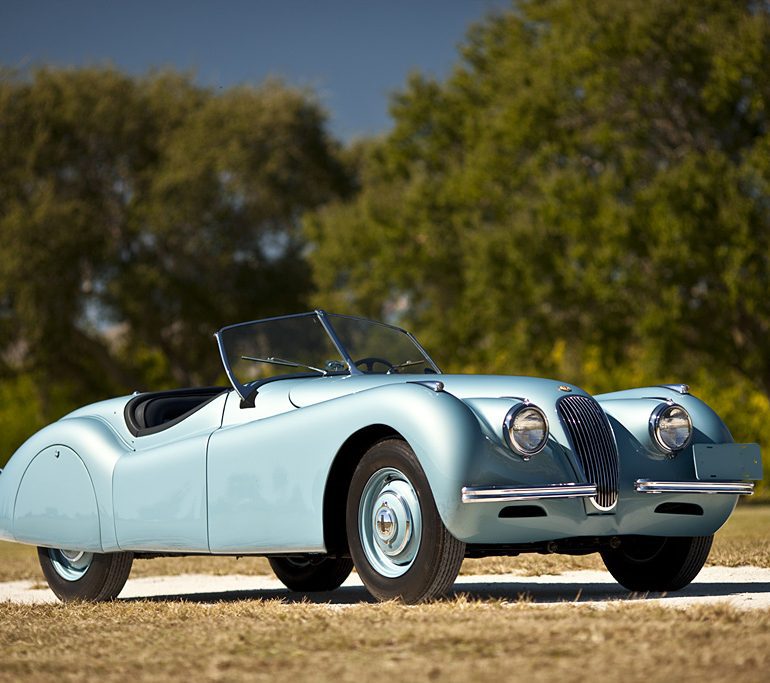Greatest Supercars of the 1940s
The 1940s began with the darkness of World War II and ended with an air cautious optimism as people threw off the shackles of conflict and emerged blinking into a new world. This was a time of post-war austerity for many, but it also provided the opportunity for change and innovation, setting the tone for the decades that followed.
As you’ll see from our list, many car manufacturers ceased production of cars for the duration of the war, either to help the war effort or as a result of the disruption caused. When the war ended, this led to all sorts of interesting designs and tweaks in order to make use of part-finished pre-war concepts. Below are the crème de la crème of 1940s supercars for your delectation.



